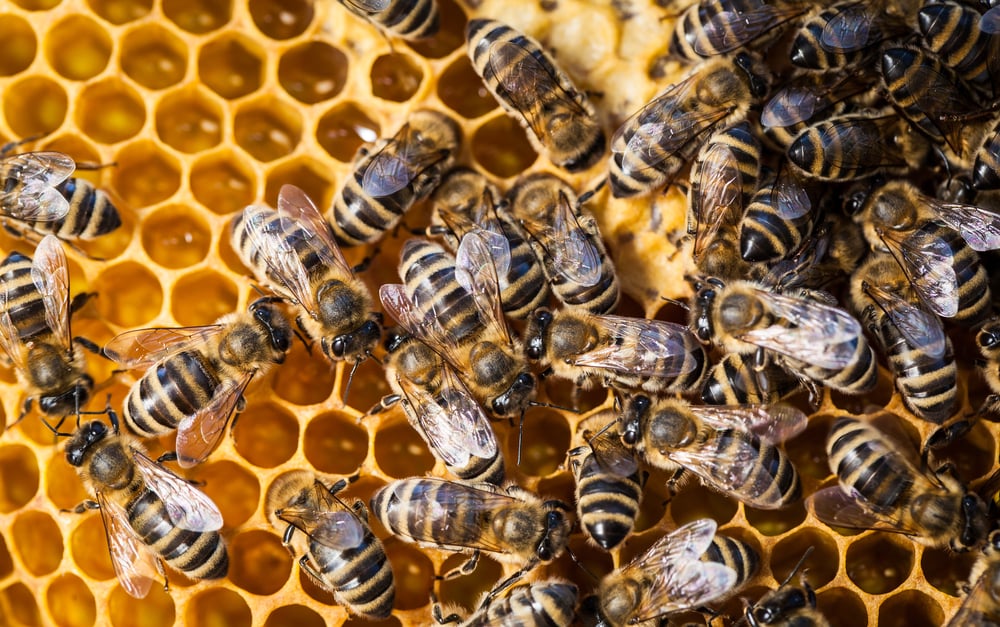U.S. Honey Tainted with Twice the Legal E.U. Limit for Glyphosate, FDA Documents Show

The FDA has found evidence of glyphosate in all recently tested American honey samples, including some organic honeys, according to documents obtained by the consumer advocacy group U.S. Right to Know through a Freedom of Information Act request. Some of the honey showed residue levels double the legal limit allowed in the European Union.
There is currently no legal tolerance level for glyphosate in American honey, meaning that any American honey containing glyphosate is technically in violation of the law.
“It is difficult to find blank honey that does not contain residue,” an FDA researcher stated in an e-mail obtained via the FOIA request. “I collect about 10 samples of honey in the market and they all contain glyphosate.”
This evidence shows that glyphosate residue can appear even in products that are produced without the use of the herbicide.
Bill Huser, Vice President of Sioux Honey, one of the honeys that tested positive for the residue, told The Huffington Post that this is a pervasive problem for American honey. In the upper Midwest, bees frequent alfalfa fields, and in the South, they frequent cotton and soybean crops, which are genetically engineered to be treated with glyphosate.
“The industry doesn’t have any control over environmental impacts like this,” Huser said.
The FDA examines foods for pesticide residue annually, but it has long declined to test for glyphosate. The agency began testing food samples for the presence of the herbicide in February, after independent researchers discovered glyphosate residue in several products, including Quaker Oats.
The Government Accountability Office had put pressure on the FDA to increase glyphosate testing beginning in 2014, when it found that “FDA’s approach to monitoring for violations, which targets commodities it has identified as high risk, has limitations.”
“FDA does not disclose in its annual monitoring reports that it does not test for several commonly used pesticides with an Environmental Protection Agency (EPA) established tolerance (the maximum amount of a pesticide residue that is allowed to remain on or in a food)—including glyphosate, the most used agricultural pesticide,” the office wrote.
Since beginning its examinations, the FDA has also found glyphosate residue in soybean and wheat samples.
The USDA has plans to begin testing for glyphosate next year, though it has said that testing for glyphosate was “not a high priority,” according to the Huffington Post.
“There is no sense of urgency around these exposures that we live with day in and day out,” said Jay Feldman, executive director of Beyond Pesticides, a public health and environmental nonprofit.
Concerns about glyphosate increased worldwide after the World Health Organization declared the herbicide a probable human carcinogen in 2015.
Related on Organic Authority
Breakfast with Monsanto: Glyphosate Found in Nearly Half of Breakfast Foods, Study Finds
General Mills’ All-Natural Claims Questioned Due to This Unexpected Ingredient
Think Your Organic Food is GMO-Free? Don’t Be So Sure
Honey bee image via Shutterstock

